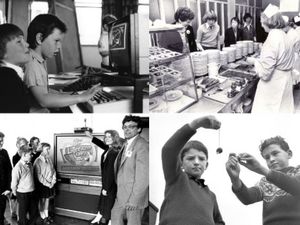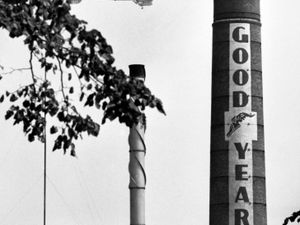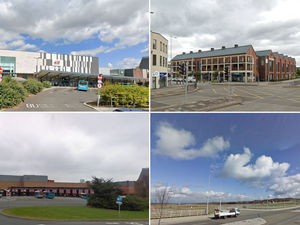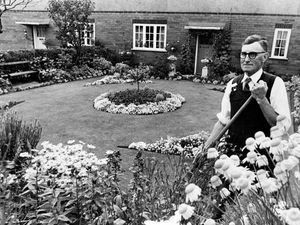The bombs which nearly blew up the Iron Bridge
For motorists driving out of the Shropshire village of Leighton, the site of a Second World War bombing decoy amid trees on the left of the road doesn't merit even a glance.
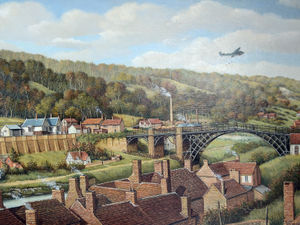
Yet according to veteran Jackfield historian Ron Miles, this gap in the trees could have spared Ironbridge Power Station, a few miles further down the road, from destruction during the Blitz.
And the story behind that decoy was told to him years ago by Ironbridge printer, George Wozencroft.
"It's in Leighton village, heading out towards Ironbridge up the hill on the left," said Ron, who is 90.
"George Wozencroft, who kept the printing shop in Ironbridge and did my printing, was an ARP warden – that's Air Raid Precautions – during the war, and told me about it. The trees were chopped down at the start of the war. This avenue leads nowhere and was filled with brushwood almost to the top.
"If German bombers were in the area it would be lit. Members of the Home Guard and ARP wardens had to fill it with brushwood and the idea was that the Germans would bomb the big flames instead of the power station."
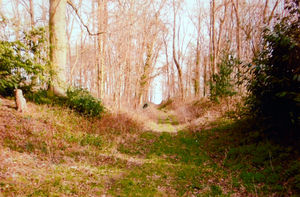
In the event, Ron says the decoy was never used. However, he has an original painting on his wall which records a German raid which saw bombs rock Ironbridge and, had they been better aimed, would have seriously affected the town's later tourism potential.
That raid was witnessed by Ron, who says it happened at 11.45am on Saturday, November 9, 1940.
He was chopping sticks in the front garden of his then home at Lloyds Head, Jackfield, when the lone German raider flew past and down the river at about 800ft.
"It looked like he dropped the bombs the minute he saw the Iron Bridge. But he forgot about the trajectory and the bombs landed opposite The Swan on the Wharfage in a limestone quarry called Pattens Rock and made a crater big enough to drop this house in."
Ron and his school pals were determined to get some souvenirs, but found sentries had been posted at Bower Yard to stop people approaching in case there was an unexploded bomb.
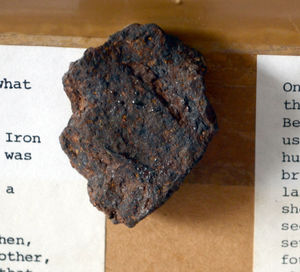
The resourceful youngsters instead went up Bridge Bank and the long way round by Benthall Church, and Ron was able to find a piece of shrapnel which is proudly attached to the back of his painting.
"The painting was commissioned by me in 1981 from the late B. Van Der Woning, who lived in Ketley Bank," he said.
"Had the German pilot released those three bombs, which were probably 500-pounders, just a few seconds earlier they would almost certainly have destroyed the famous Iron Bridge. It is highly improbable that it would have been repaired, as test borings had already been taking place regarding a possible new one."
The Ironbridge raid was reported in the Express and Star of November 9, 1940, although due to censorship the location was not given.
It said: "A lone raider dived through low-lying clouds over a West Midland district today and dropped three high explosive bombs, which however fell in a wood. The concussion shattered windows of houses and shops some distance away."

